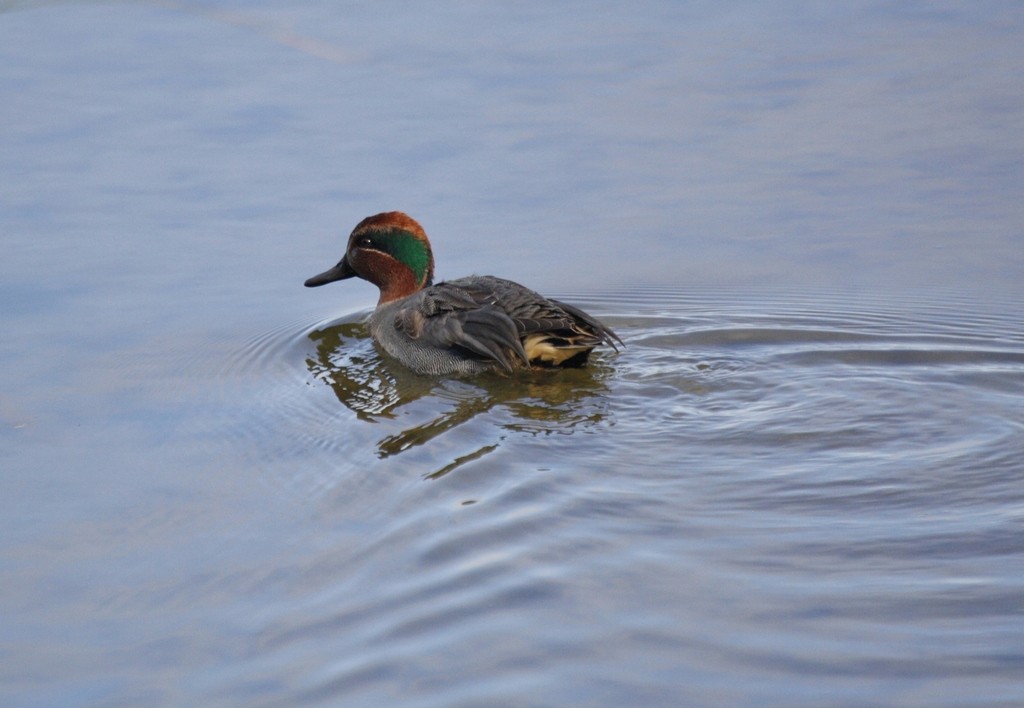 Where does eurasian teal usually live?
Where does eurasian teal usually live?
Where does eurasian teal usually live?
The Eurasian teal breeds across the Palearctic and mostly winters well south of its breeding range. However, in the milder climate of temperate Europe, the summer and winter ranges overlap. For example, in the United Kingdom and Ireland a small summer population breeds, but far greater numbers of Siberian birds arrive in winter. In the Caucasus region, western Asia Minor, along the northern shores of the Black Sea, and even on the south coast of Iceland and on the Vestmannaeyjar, the species can be encountered all year, too. In winter, there are high densities around the Mediterranean, including the entire Iberian Peninsula and extending west to Mauretania; on Japan and Taiwan; as well as in South Asia. Other important wintering locations include almost the entire length of the Nile Valley, the Near East and Persian Gulf region, the mountain ranges of northern Iran, and South Korea and continental East and Southeast Asia. More isolated wintering grounds are Lake Victoria, the Senegal River estuary, the swamps of the upper Congo River, the inland and sea deltas of the Niger River, and the central Indus River valley. Vagrants have been seen in inland Zaire, Malaysia, on Greenland, and on the Marianas, Palau and Yap in Micronesia; they are regularly recorded on the North American coasts south to California and South Carolina. From tracking wintering teal in Italy, most individuals departed the wintering grounds between mid-February and March, using the Black-Sea-Mediterranean flyway to reach their breeding grounds, from central Europe to eat of the Urals, by May. This slow migration is due to long stopovers near the start of migration, mainly in south-eastern Europe. Altogether, the Eurasian teal is much less common than its American counterpart, though still very plentiful. Its numbers are mainly assessed by counts of wintering birds; some 750,000 are recorded annually around the Mediterranean and Black Seas, 250,000 in temperate western Europe, and more than 110,000 in Japan. In 1990 and 1991, a more detailed census was undertaken, yielding over 210,000 birds wintering in Iran, some 109,000 in Pakistan, about 77,000 in Azerbaijan, some 37,000 in India, 28,000 in Israel, over 14,000 in Turkmenistan and almost 12,000 in Taiwan. It appears to be holding its own currently, with its slow decline of maybe 1–2% annually in the 1990s – presumably mainly due to drainage and pollution of wetlands – not warranting action other than continuing to monitor the population and possibly providing better protection for habitat on the wintering grounds. The IUCN and BirdLife International classify the Eurasian teal as a species of Least Concern, unchanged from their assessment before the split of the more numerous A. carolinensis. The Eurasian teal is one of the species to which the Agreement on the Conservation of African-Eurasian Migratory Waterbirds (AEWA) applies.
